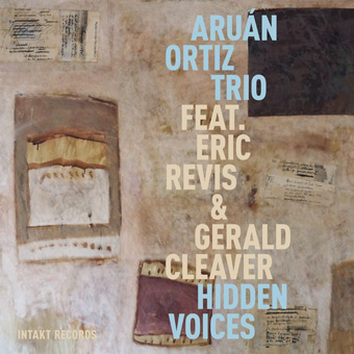
In Hidden Voices (Intakt CD 258), all of these variant styles, motifs and rhythms have indeed been given voice by Ortiz. With him are rhythmic masters Eric Revis (bass) and Gerald Cleaver (drums) and, collectively, they express the past and the present (perhaps, even the future) of what has grown inside the head and the heart of Aruán Ortiz. The phrase Ortiz uses is “Cuban Cubism.” Fitting.
This can rightly be called Aruán Ortiz Trio, Volume 2. The first trio was released in 2003 with Peter Slavrov and Francesco Mela.
Hidden Voices includes seven Ortiz originals, in addition to three covers of Ornette Coleman, Thelonious Monk and a Cuban traditional piece. His use of atonality and free form framed within specific rhythms creates an imaginative and fascinating experience.
The album is introduced with Fractal Sketches. The piano arpeggio creates the very image of fractals in their repetitive nature. In fact, when the full trio is in play, all three artists are creating their own fractal imagery. It is fascinating on a mathematical scale as much as on a musical scale. The break into free form swirls like the seahorse canyon of fractal geometry. The conclusion of the piece is not so much an ending as it is a loop to the beginning.
What follows is pairing of Ornette Coleman’s Open & Close and The Sphynx. Eric Revis starts with the bass and continues it in a circular motion. The transition from Open & Close into The Sphynx is effortless even if marked by a break. The European Classicism is evident and advanced well by Ortiz. Even in free style, Ortiz gives expression to those hidden voices that echo throughout the various chambers of his heart. Classical motifs are upheld by Afro-Cuban rhythms and the results are astounding.
Caribbean Vortex/Hidden Voices is an original from Ortiz. Cleaver beings with Caribbean percussion and continues even after the addition of Ortiz and Revis. The piano creates the vortex with charged and changed single-note percussive piano. Revis glides along with an adjunct two-note motif. The piano then moves into the expressive Hidden Voices. Several melodic lines are brought to life and reveal what lays hidden with Ortiz. The sustained island percussion closes the track.
Analytical Symmetry is another Ortiz original. Ortiz pulsates on the deep register piano then adds the melodic line. The drum appears in step with the bass piano line and Revis takes over the bass line as Ortiz departs into new melodic territory. The symmetry becomes more and more apparent as the analytical view reveals. For all its mathematical precision, the piece is more emotional than one might guess. That, too, is revealed only in time.
Arabesques of a Geometrical Rose (Spring) shows a deep affinity with Impressionist forms and creates a watercolor of its own with brighter hues and blurred shades. It is lively and the solo piano offers a fine glimpse into musical delicacy.
Arabesques of a Geometrical Rose (Summer) is a return to the trio with starker shadowing and hotter textures. The slow and deliberate groove of Revis and Cleaver seeks to but cannot contain the strident piano.
17 Moments of Liam’s Moments (Or 18) is a playful bit. The trio embark on a brief voyage of wandering and ascendance.
Joyful Noises hears the trio playing on everything except the surfaces of their instruments in the introduction. The artists approach a bit of melody before returning to playing the piano strings directly, the underneath of the snare or the bass below the bridge. Joyful, indeed, by offering food for imagination.
Thelonious Monk’s Skippy is the penultimate piece. The melodic line is encased within the structureless bass and drums. Such a cool arrangement and interpretation. Revis’ cascading bass solo against the understated drums sets up the return of Ortiz, who has such a refined understanding of Monk.
The album closes with the traditional Cuban song, Uno, Dos y Tres, Que Paso Más Chévere. According to Ortiz, everybody in Cuba knows this piece. The melody is visible but altered slightly and significantly. Truly, a Cuban Cubist approach. Delightful, nonetheless.
Hidden Voices is a remarkable work of musical trigonometry and Odyssean adventure with a touch of agnostic lyricism. In other words, I couldn’t get enough of it. The Aruán Ortiz Trio is an alliance of three like-minded and even-talented artists who bring their own voices and thoughts to the vision of Aruán Ortiz. Listen over and again and hear what is revealed in these tales of imagination.

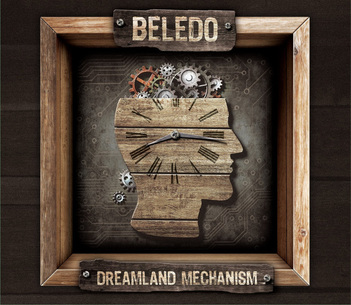
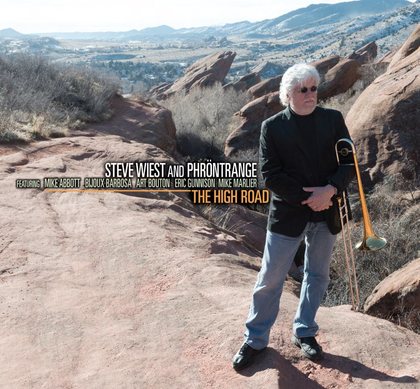

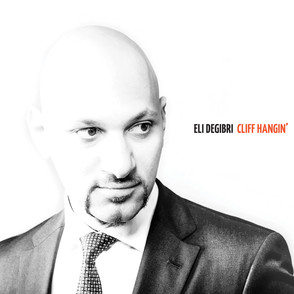
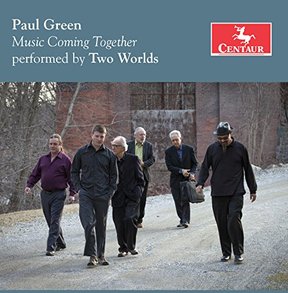
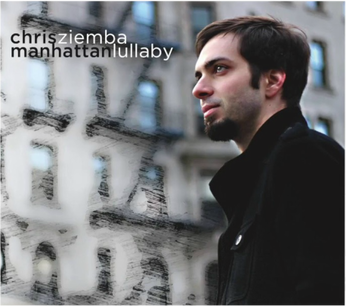
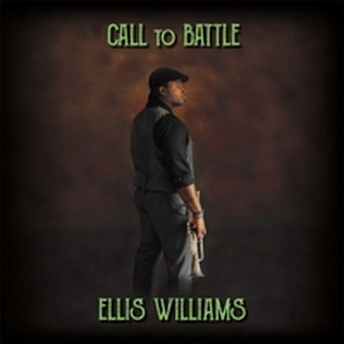
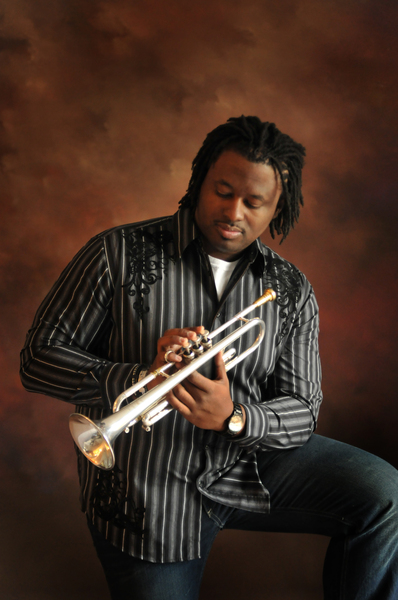

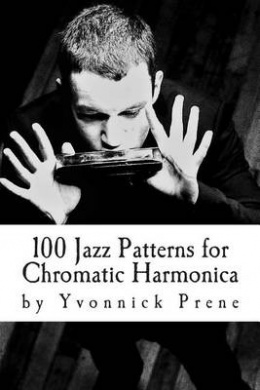
 RSS Feed
RSS Feed
